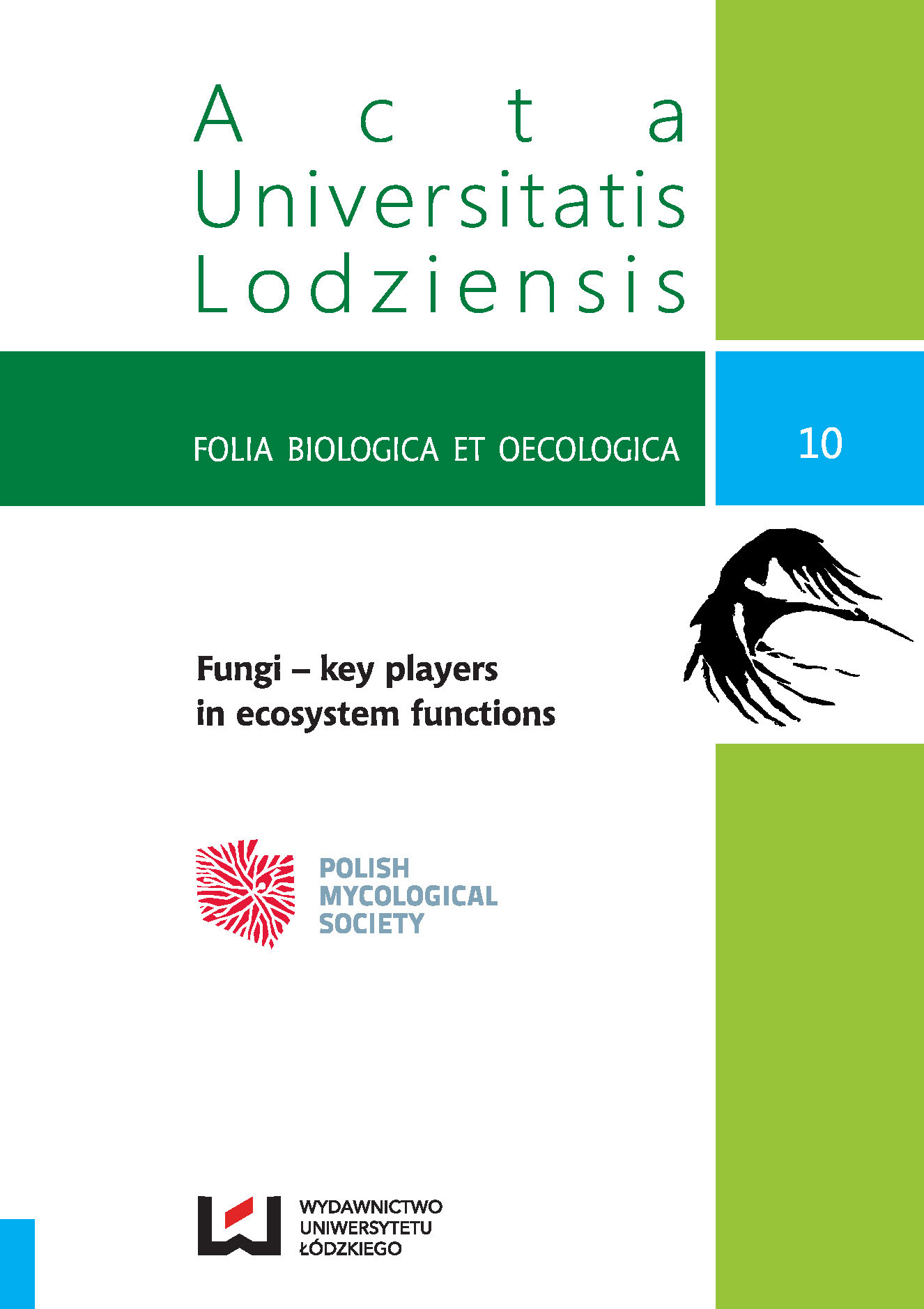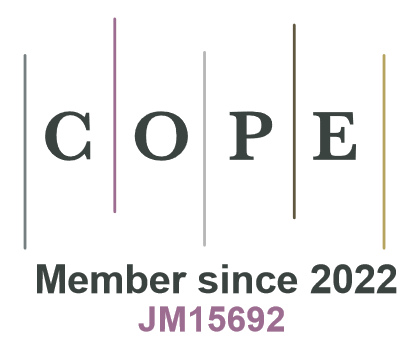Microbiological hazard in buildings based on the example of dwelling houses and public utility buildings in Warsaw
DOI:
https://doi.org/10.2478/fobio-2014-0001Keywords:
moulds, mycology, building, allergyAbstract
This paper contains preliminary results of mycological research in residential and public buildings in Warsaw and its surroundings. The study focuses on the qualitative survey of fungi in buildings of various categories. It includes research objects divided into six categories depending on the age of the buildings and their use: new buildings and the objects of about twenty years and older, as well as twenty-year single-family houses. Two houses that are in the registry of monuments (National Heritage Institute) were also in the scope of the analysis. There have also been attempts to classify the identified species of fungi into groups of BSL (Biological Safety Level), in order to identify their potential allergenic impact on buildings users. In more than half of the studied objects the most frequently isolated species was Alternaria alternata (55% of cases) and fungi of the genera Aspergillus and Penicillium. Aspergillus niger was identified in 33% of the objects, exclusively in the neglected buildings, including those abandoned for at least one year.
Downloads
References
Gams, W. 1971. Cephalosporium-artige Schimmelpilze. Gustav Fischer Verlag, Stuttgart: 46–61.
Google Scholar
Gerlach, W. & Nirenberg, H. 1982. The genus Fusarium – a pictorial atlas. Biologische Bundesanstalt für Land- und Forstwirtschaft, Berlin.
Google Scholar
Navi, S.S., Bandyopadhyay, R., Hal, A.J. & Bramel-Cox, P.J. 1999. A pictorial guide for the identification of mold fungi on Sorghum grain. Information Bulletin no. 59. International Crops Research Institute for the Semi-Arid Tropics, Patancheru, India: 18–19.
Google Scholar
Piontek, M. 1999. Atlas – Grzyby pleśniowe. Wydawnictwo Zielonogórskie, Zielona Góra.
Google Scholar
Piotrowska, M. 2012. Czynniki sprzyjające rozwojowi grzybów pleśniowych w pomieszczeniach mieszkalnych. In: Karyś J. & Krajewski K.J. (eds), Ochrona budynków przed wilgocią i korozją biologiczną. Wydawnictwo Polskiego Stowarzyszenia Mykogów Budownictwa, Wrocławpp, pp. 59–64.
Google Scholar
Pląskowska, E., Korol, M. & Ogórek, R. 2012. Grzyby występujące w pomieszczeniach klimatyzowanych, cz. II. Mikologia Lekarska, 19(1): 27–36.
Google Scholar
Raper, K.B., Thom, Ch. & Fennel, D.I. 1949. Manual of the Penicillia. The Williams and Wilkins Company, Baltimore.
Google Scholar
Thom, Ch. & Raper, K.B. 1945. A manual of the Aspergilli. The Williams and Wilkins Company, Baltimore.
Google Scholar
Twarużek, M. 2006. Grzyby pleśniowe i ich rola w środowisku. In: Grajewski J. (ed.), Mikotoksyny i grzyby pleśniowe – zagrożenie dla człowieka i zwierząt. Wydawnictwo Uniwersytetu Kazimierza Wielkiego, Bydgoszcz, pp. 18–25.
Google Scholar
Watanabe, T. 2002. Pictorial atlas of soil and seed fungi morphologies of cultured fungi and key to species. CRC Press, Boca Raton, London, New York, Washington.
Google Scholar
Ważny, J. 2001. Mikroorganizmy rozwijające się w budynkach. In: Ważny J., Karyś J. (eds), Ochrona budynków przed korozją biologiczną. Wyd. Arkady, Warszawa, pp. 52–90.
Google Scholar
Wiejak, A. 2011. Ocena stopnia skażenia powierzchni zarodnikami grzybów pleśniowych jako istotny czynnik ekspertyzy mikologicznej. Prace Instytutu Techniki Budowlanej, 3(159): 3–12.
Google Scholar
Zyska, B. 1999. Zagrożenia biologiczne w budynkach. Wyd. Arkady, Warszawa.
Google Scholar
Zyska, B. 2001. Grzyby powietrza wewnętrznego w krajach europejskich. Mikologia Lekarska, 8(3–4): 127–140.
Google Scholar
Zycha, H. & Siepmann, R. 1969. Mucorales. J. Cramer Verl., Lehre.
Google Scholar
Downloads
Published
How to Cite
Issue
Section
License

This work is licensed under a Creative Commons Attribution-NonCommercial-NoDerivatives 4.0 International License.









